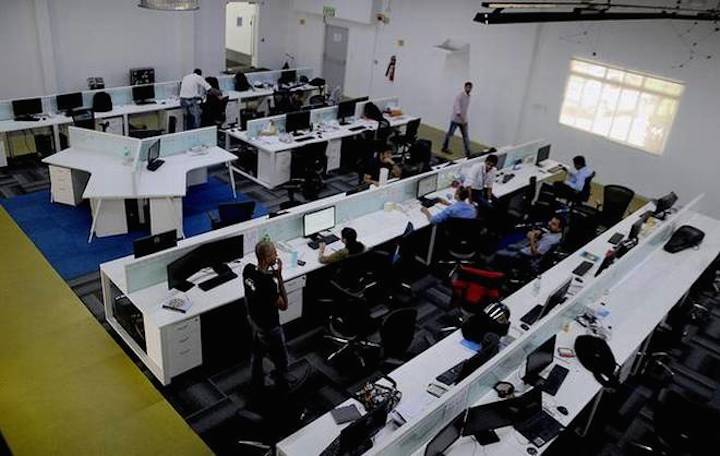.

Creating history:The name plaque plan is part of a crowd-funding effort by TeamIndus.— File Photo: Sudhakara JainSudhakara Jain
A Bengaluru start-up says donors to its moon lander project will be immortalised
Indians are being offered the opportunity to leave their name on the moon, for a price.
Space start-up TeamIndus will get the names of public ‘donors’ micro-engraved on a small-sized aluminium object, which will be placed on the lunar surface when its lander descends on the moon. The bill: Rs. 500 per name.
The mission, planned for December 28 this year on the PSLV rocket, will travel the 3.84 lakh kilometres from earth to make a soft landing on the moon on January 26, 2018. Its robotic rover will send back photos and videos.
The name plaque plan is part of a crowd-funding effort, says Sheelika Ravishankar, Jedi Master - Marketing and Outreach, of the Bengaluru-based start-up.
On lunar belly
The lunarcraft will land in a large dusty plain on the sun-lit lunar belly, the Mare Imbrium (Latin for Sea of Showers.) “In the future, when people start travelling to the moon, who knows, they may find this box and spot the names of their ancestors,” Ms. Ravishankar told The Hindu . Some 10,000 people have sent in their names.
Future mooncombers may find other artefacts too: U.S., Soviet, European and Japanese spacecraft debris; rovers that died, such as the latest, China’s Chang’e-3. In 1971, astronauts of Apollo-15 left an unauthorised statuette of the ‘fallen astronaut’. Apollo-14’s moonwalker Alan Shepard teed off a few golf balls.
Financial support
On November 14, 2008, ISRO’s orbiting Chandrayaan-1 sent down a 35-kg Moon Impact Probe, bearing the tricolour, national emblem and the words satyameva jayate .
Ms. Ravishankar said public funding would be the third pillar of financial support for the $65 million mission. It is being called ‘ har indian ka moonshot ’ (every Indian’s moonshot.)
Quelle: The Hindu
